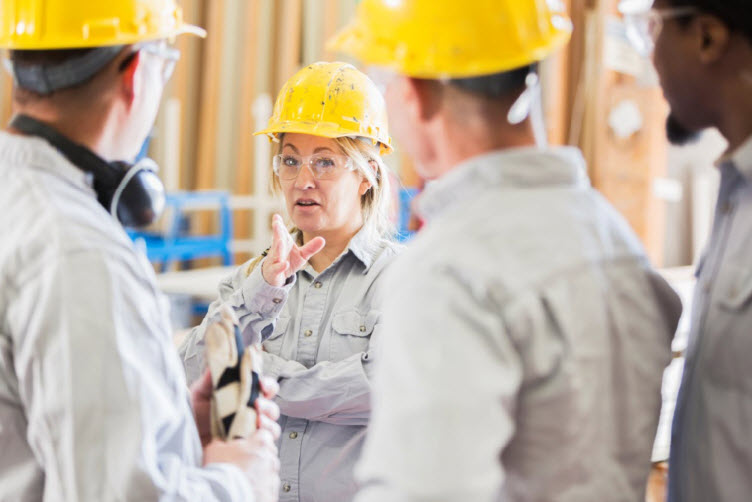Even the more effective safety professionals can be outside of their comfort zones when it comes to industrial hygiene. In this article, we strip away the intimidating science, complicated math, and delicate testing instruments to define what industrial hygiene is at its core, and how you can incorporate it into your established safety practices.
Defining Industrial Hygiene
Industrial hygiene, or IH, is the process used to identify and control the various environmental factors and stresses which employees may encounter, and that have the potential to affect employees’ health and wellbeing, cause sickness, or cause significant discomfort or inefficiency.
The Industrial Hygiene Process
- Identify Potential Sources of Exposure
The first part of the IH process is to candidly evaluate the operations being performed to identify potential sources of exposure. This means that every material, process, or environment involved in the work should be looked at critically. You can think of this process as an extremely detailed Job Safety Analysis or Risk Assessment that is geared towards looking for exposures including:
- chemical (gas, vapor, dusts, etc.)
- physical (noise, radiation, temperature, etc.)
- biological (plants, insects, mold, etc.)
- ergonomic (repetitive motion, vibration, workstation design, etc.)
- Measure
Once you know what to look for, the next step is to measure. This is a very broad topic and the sampling techniques vary depending on the risk, but it is important to determine the level of exposure to employees.
For example, chemical stressors can be measured through air sampling, and ergonomic stressors can be measured by completing an evaluation of highly repetitive tasks. A number of tools are available to conduct noise sampling, a common test for physical stressors.
- Control the Hazard
Finally, it is time to control the hazard. As with any identified hazard, it is important to apply the hierarchy of controls:
- Elimination (physically remove the hazard)
- Substitution (replace the hazard)
- Engineering controls (isolate people from the hazard)
- Work practices/Administrative controls (change the way people work)
- Personal protective equipment (PPE) (protect workers from the hazard)


